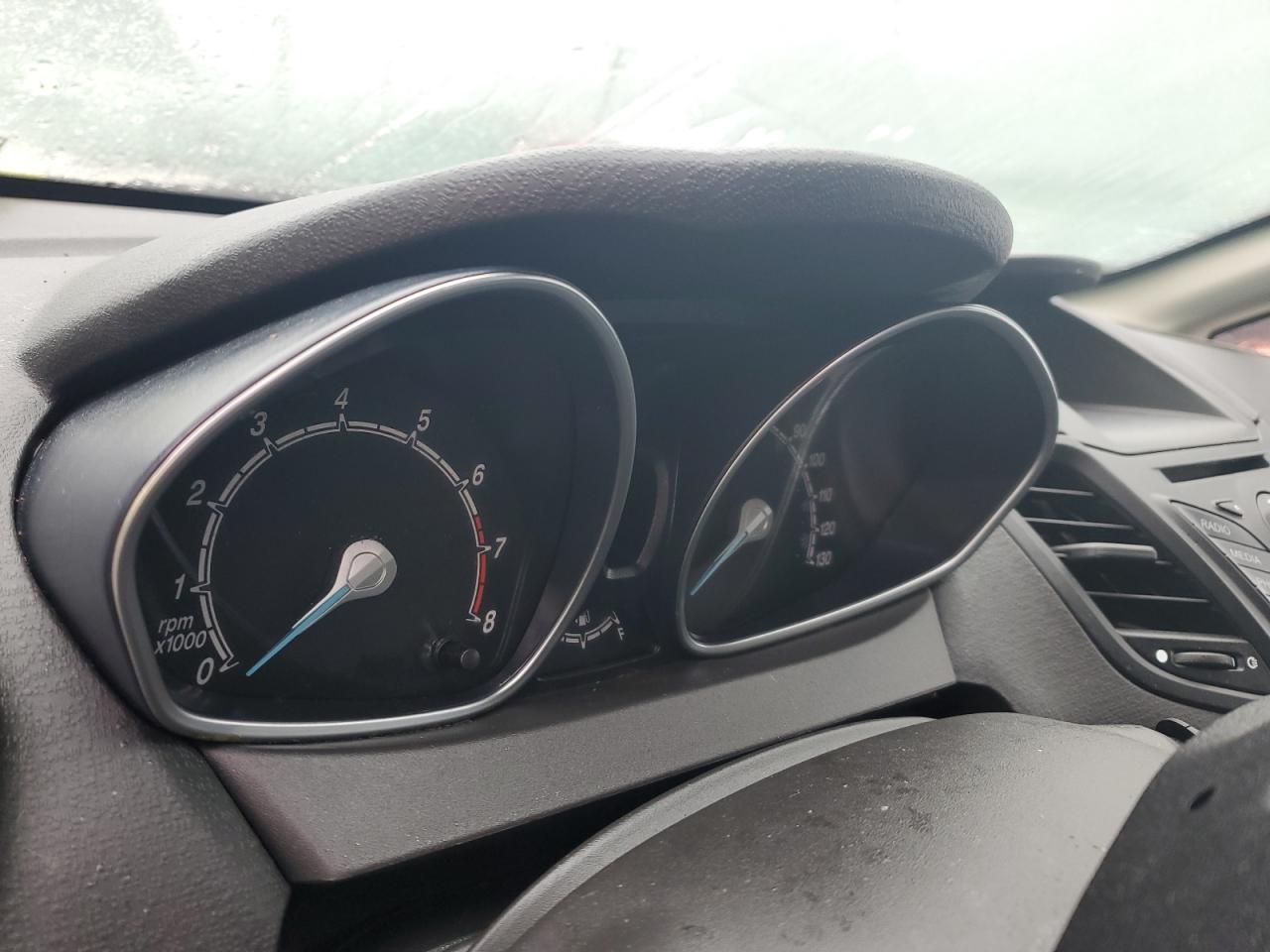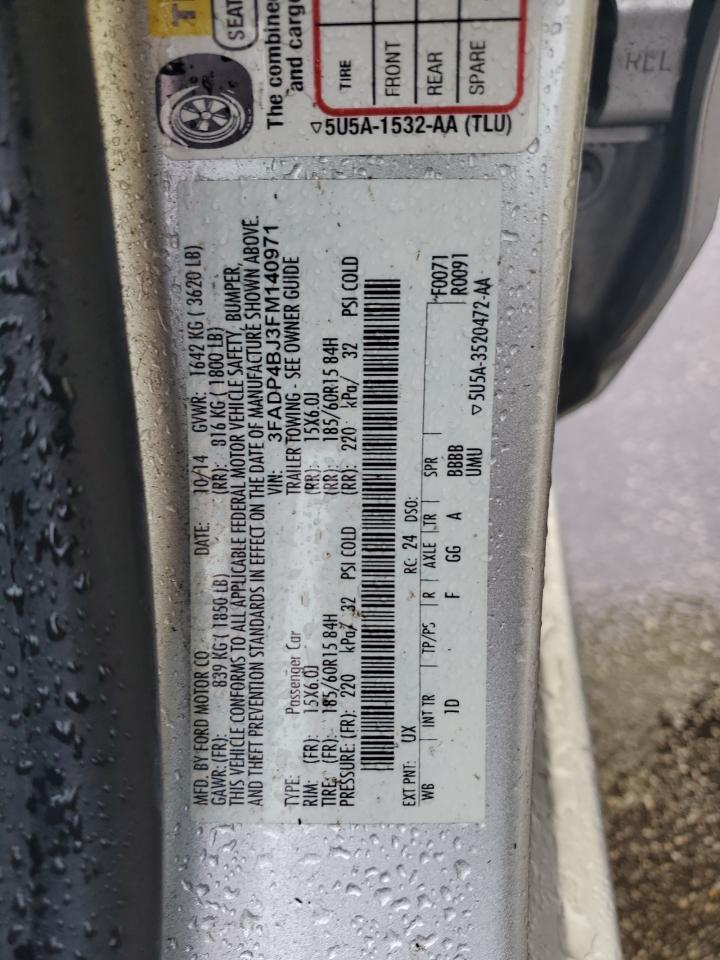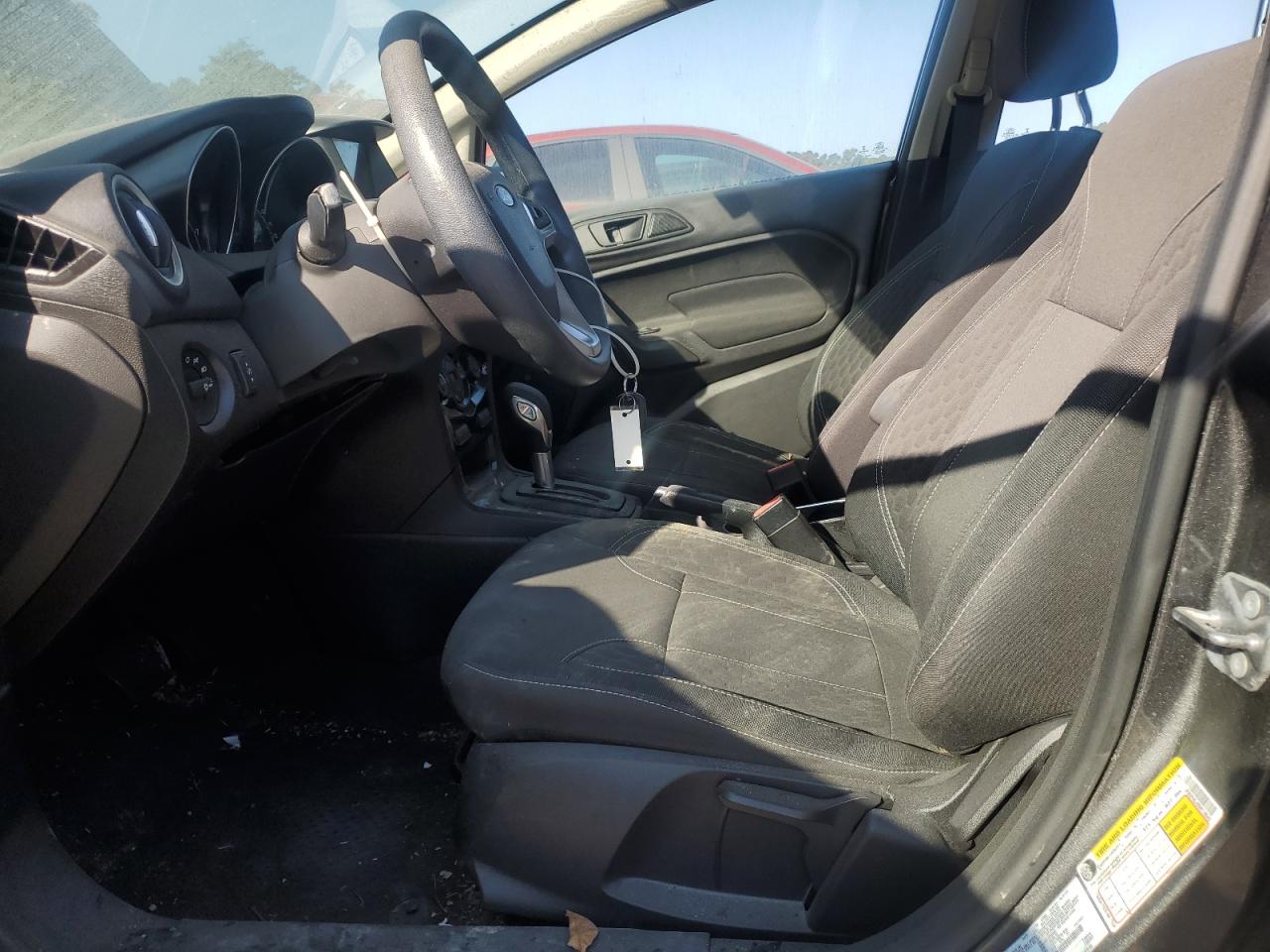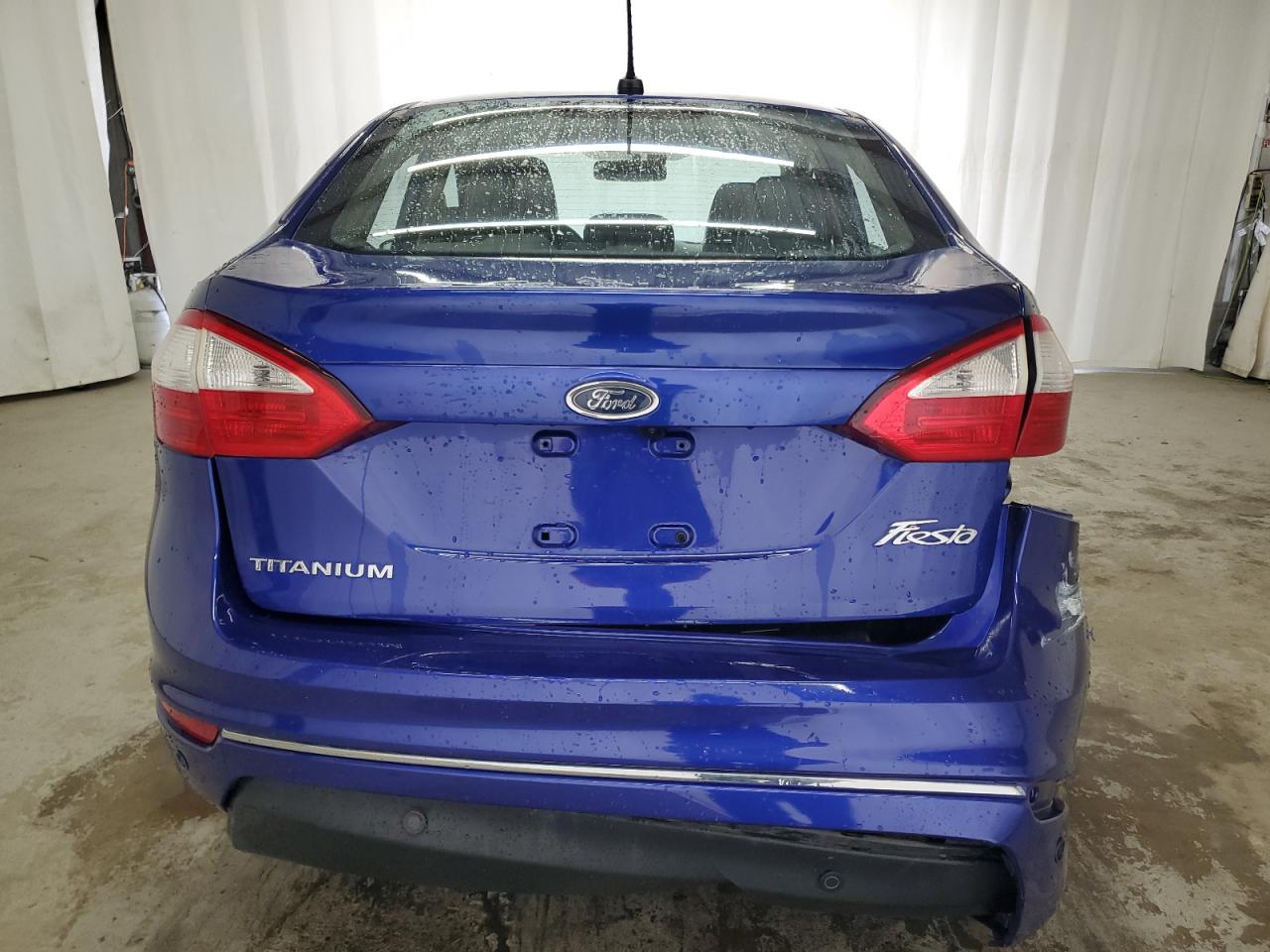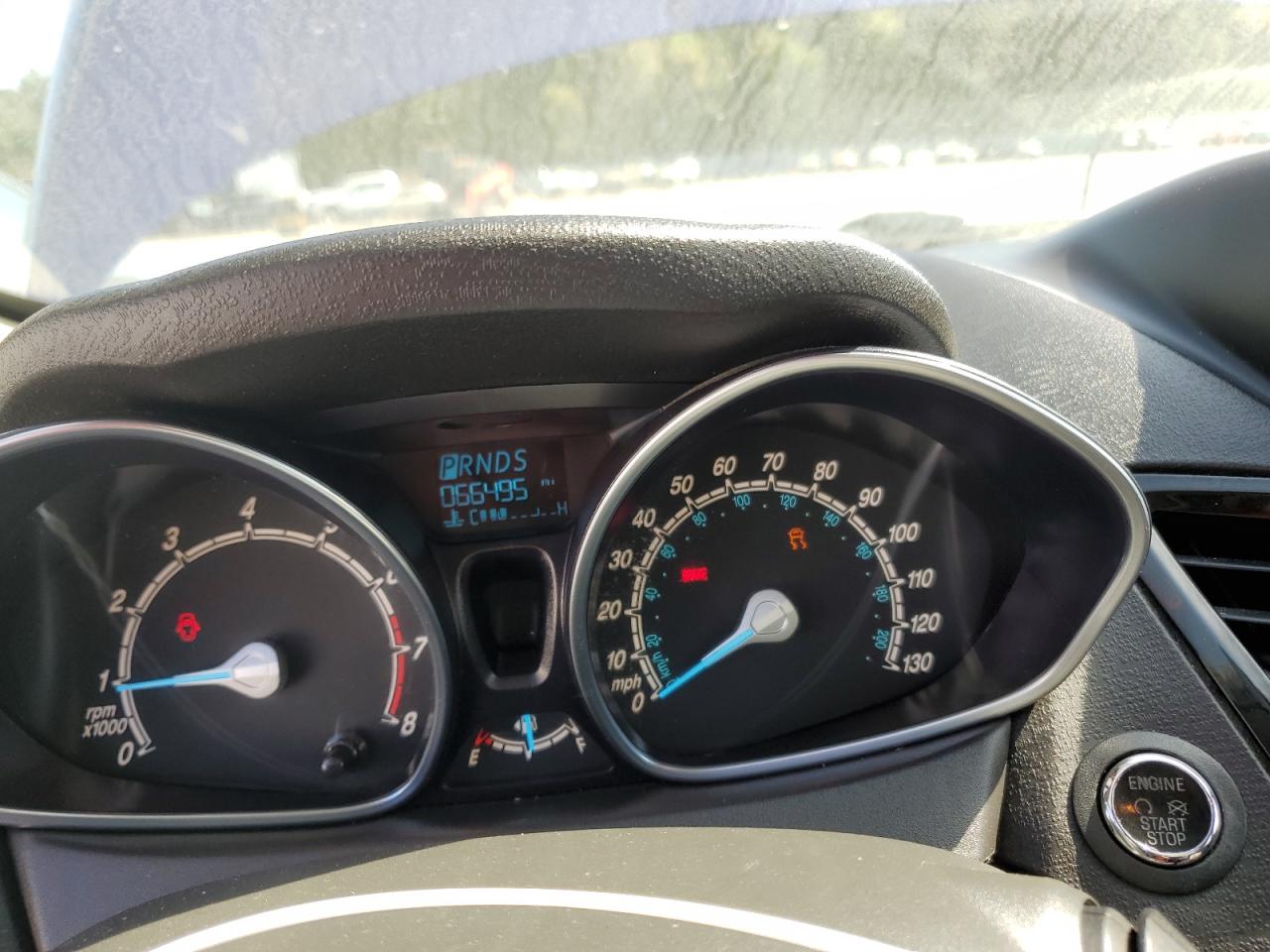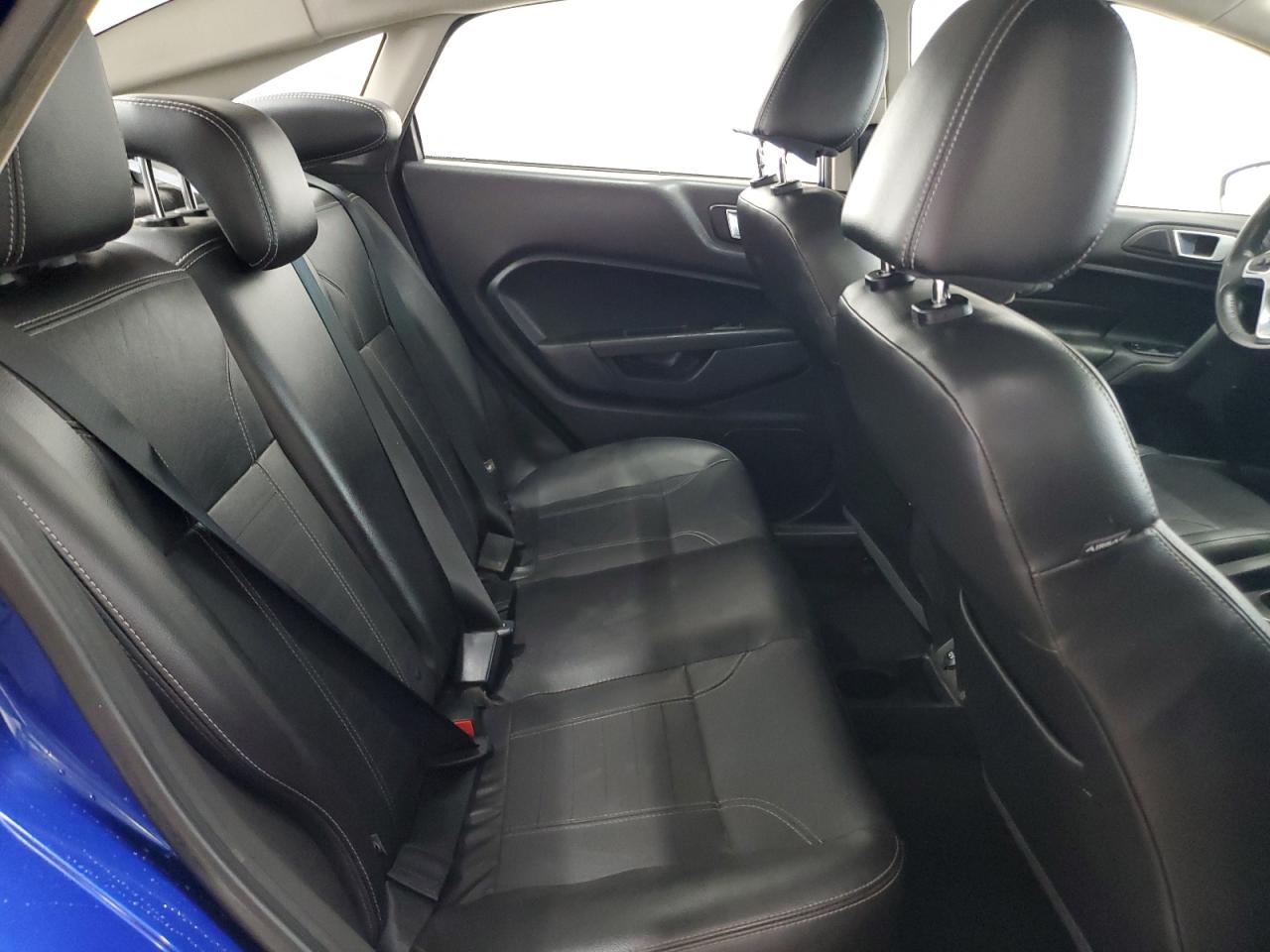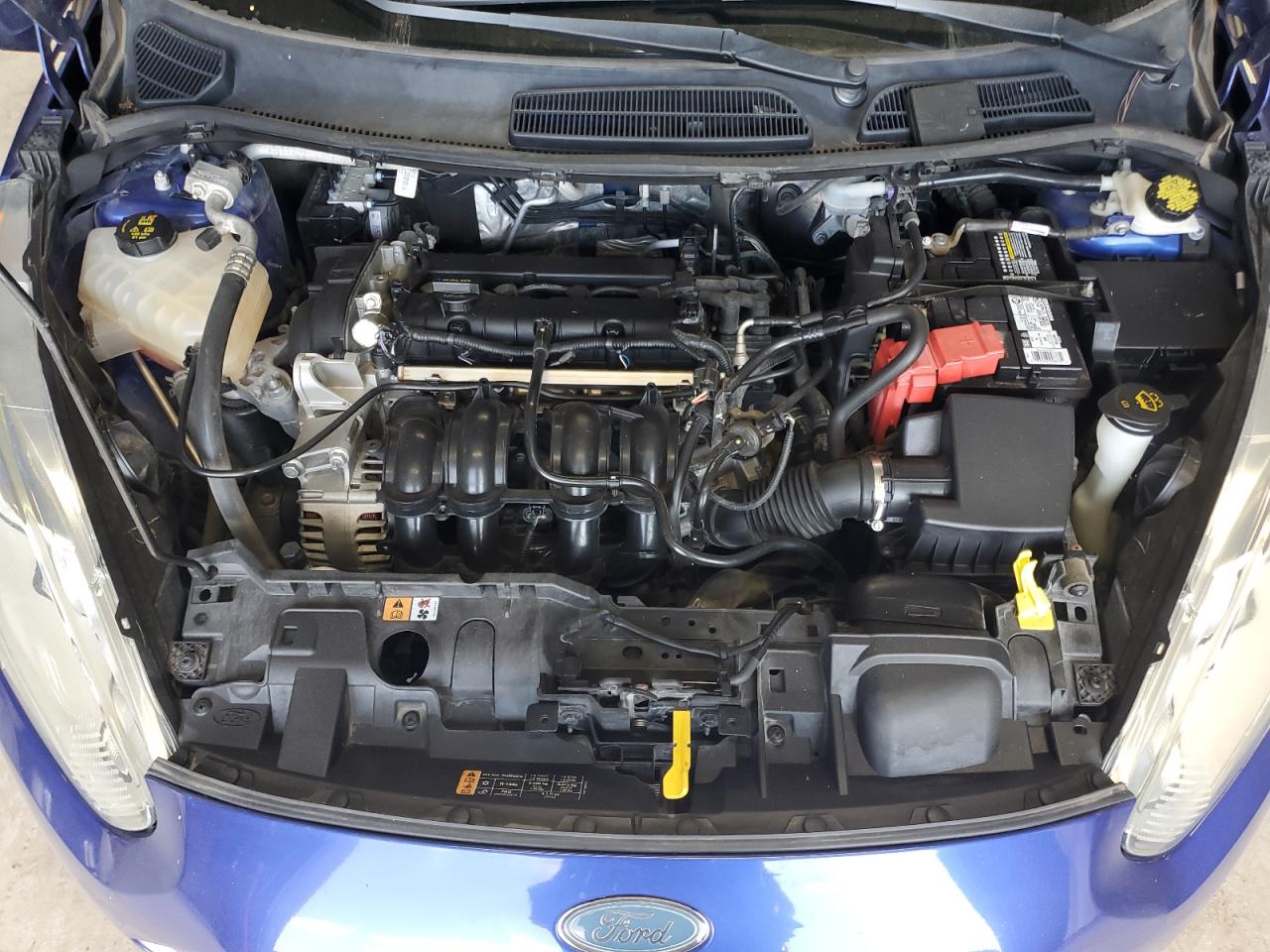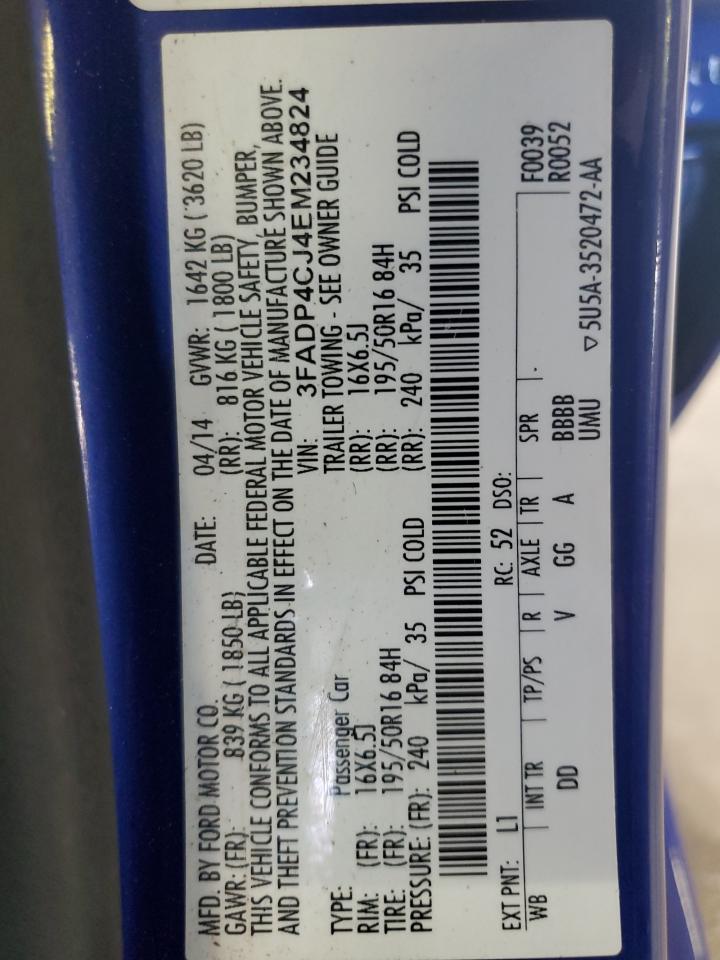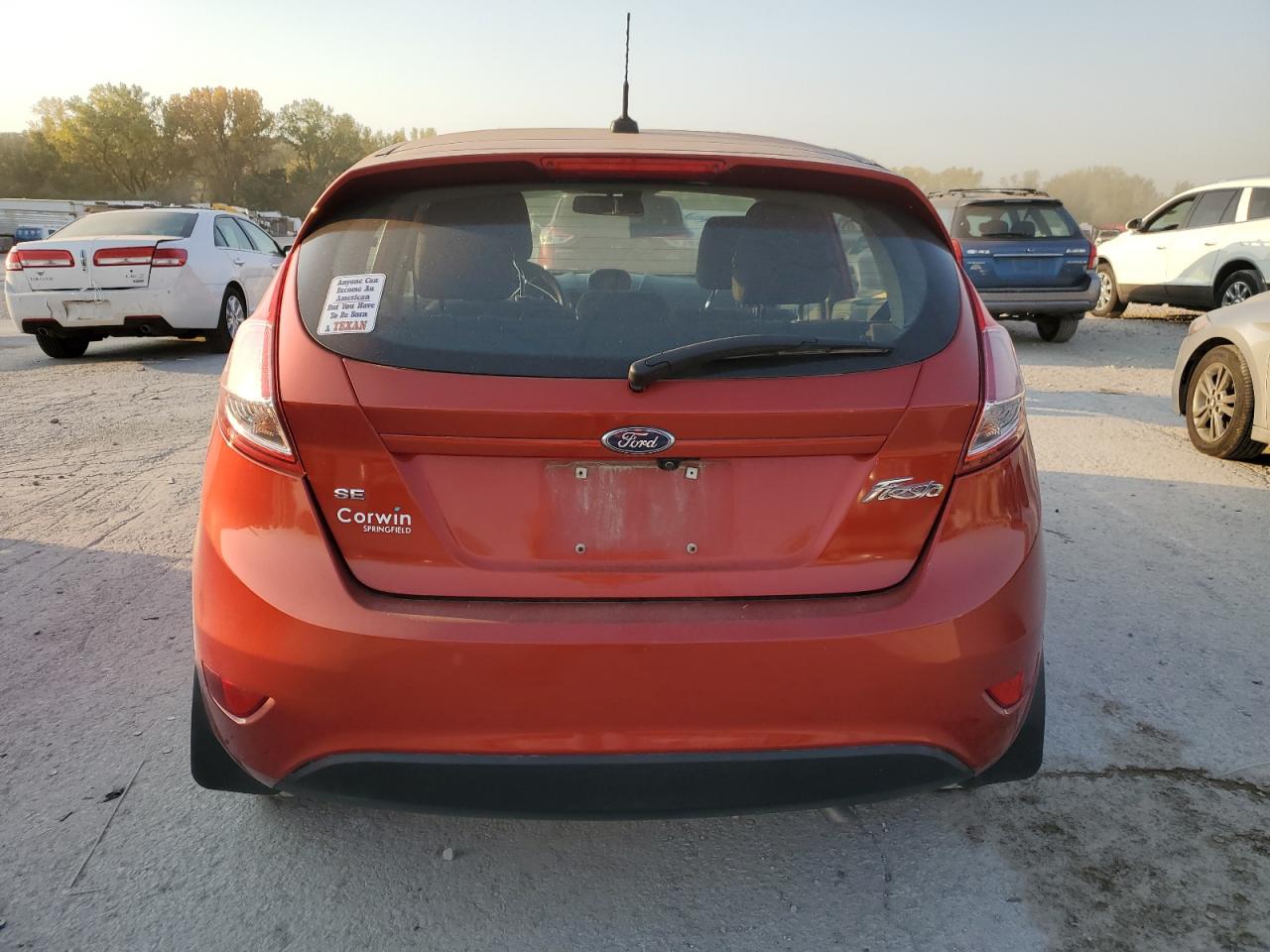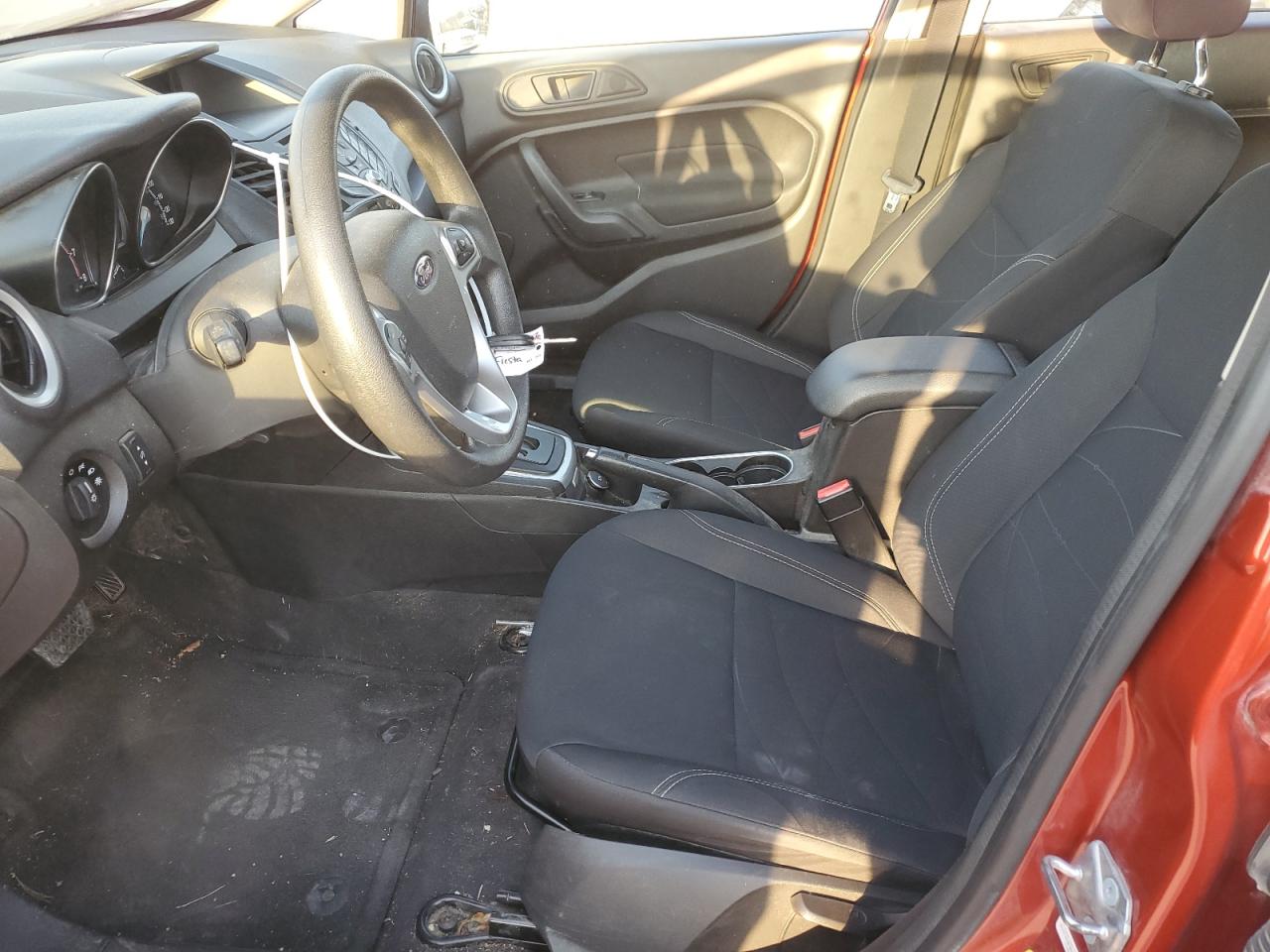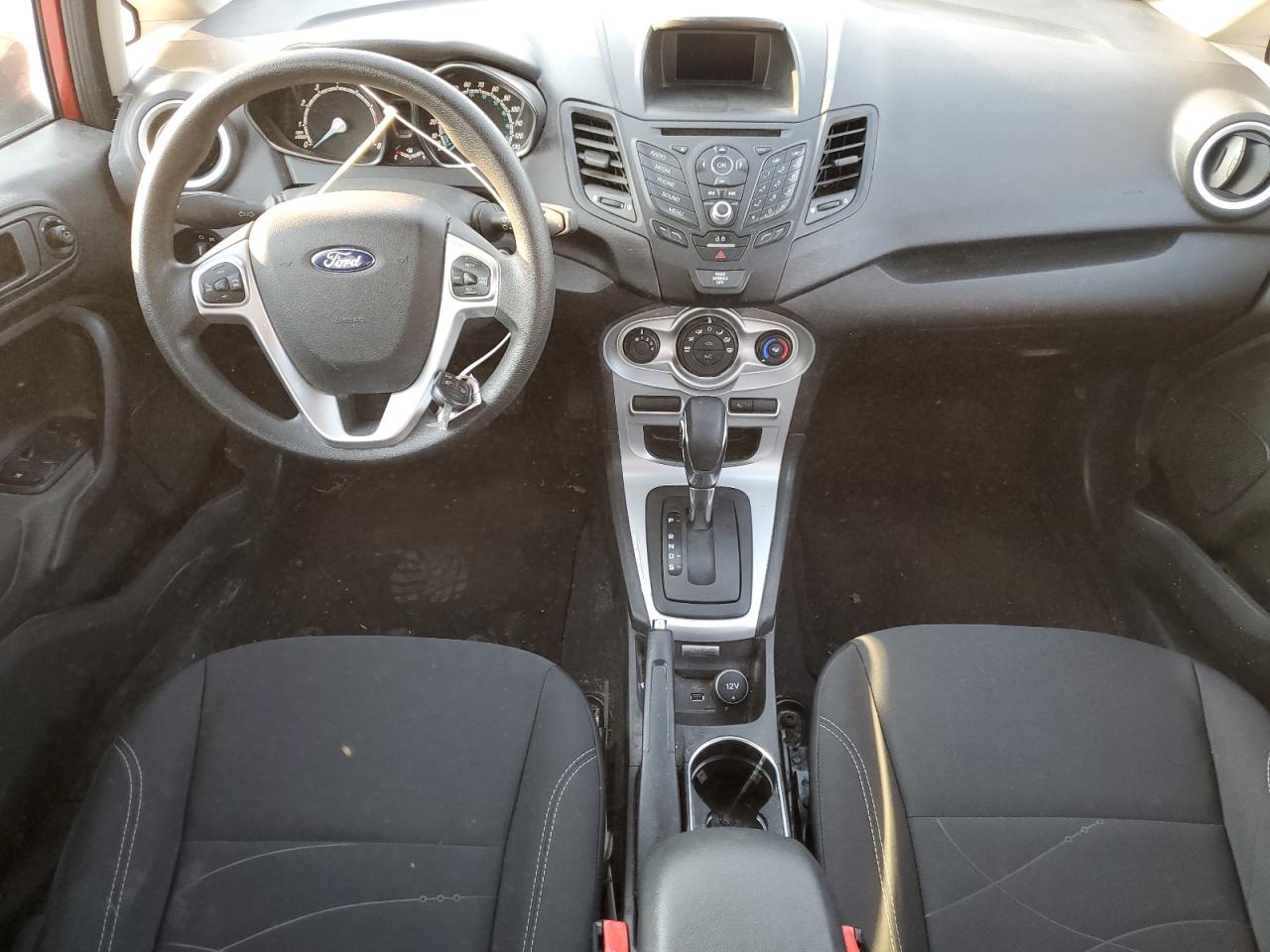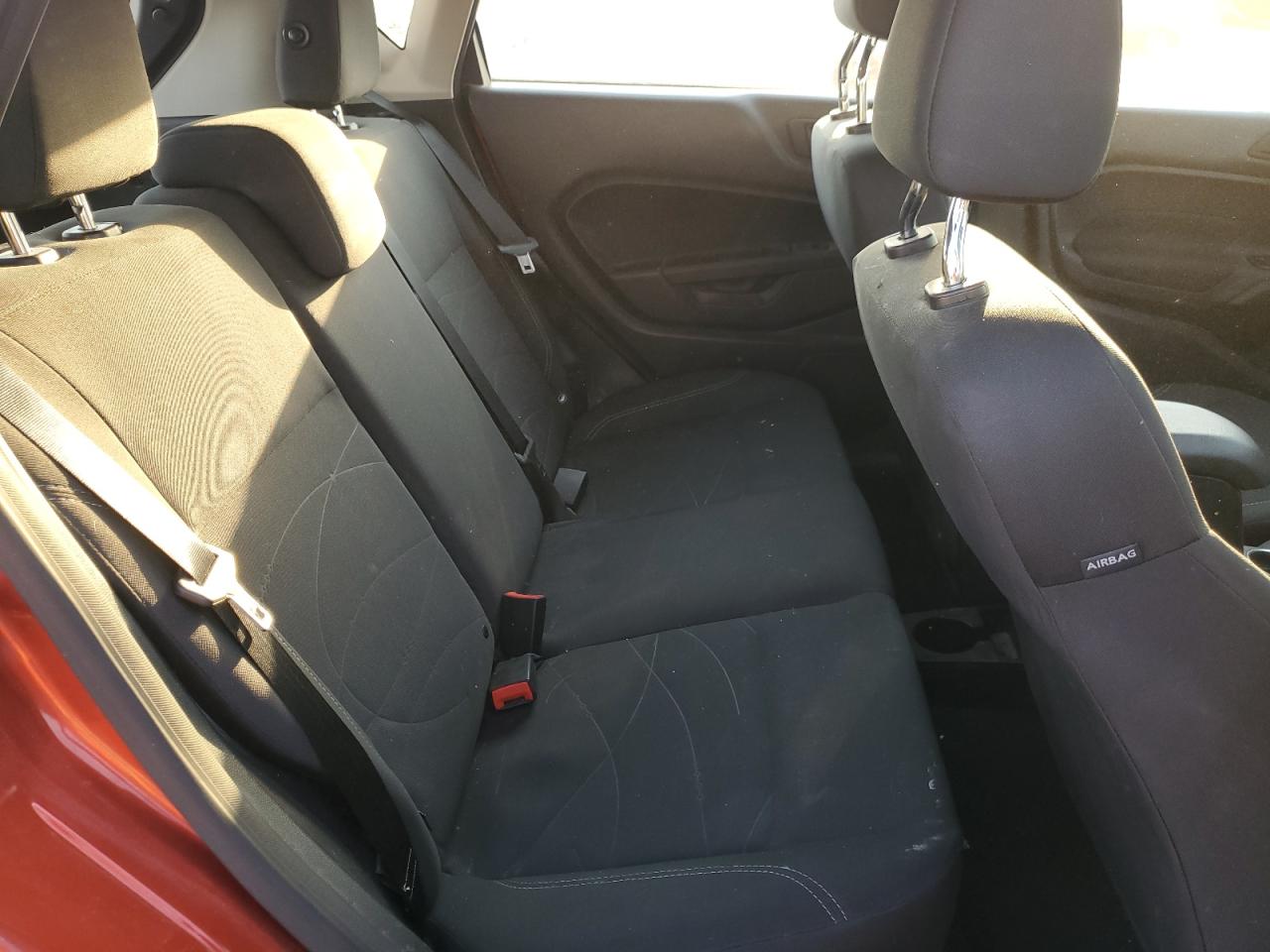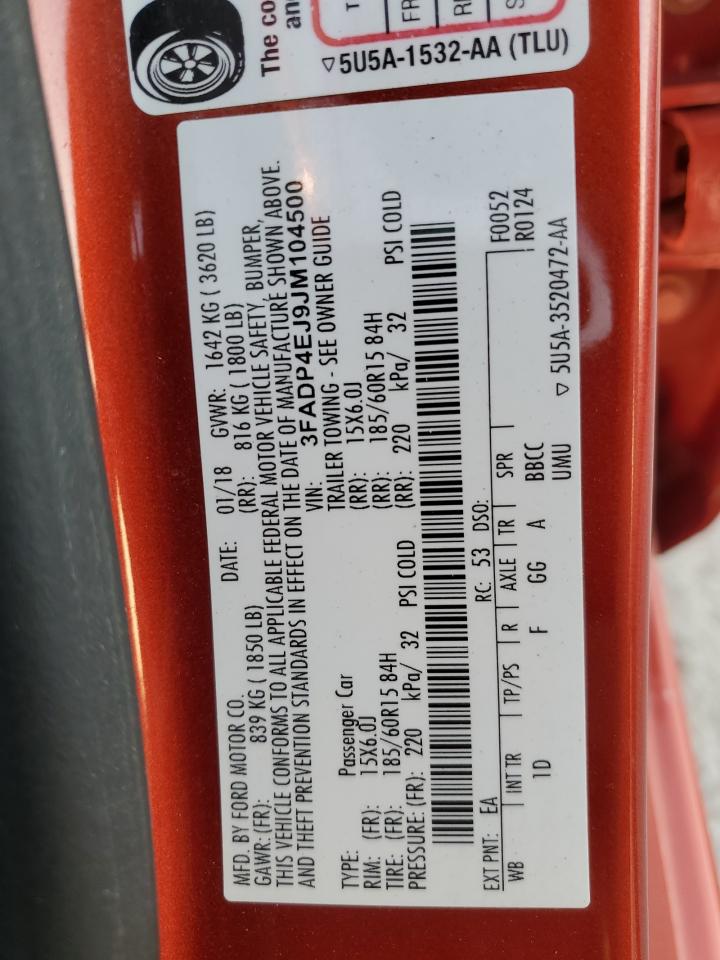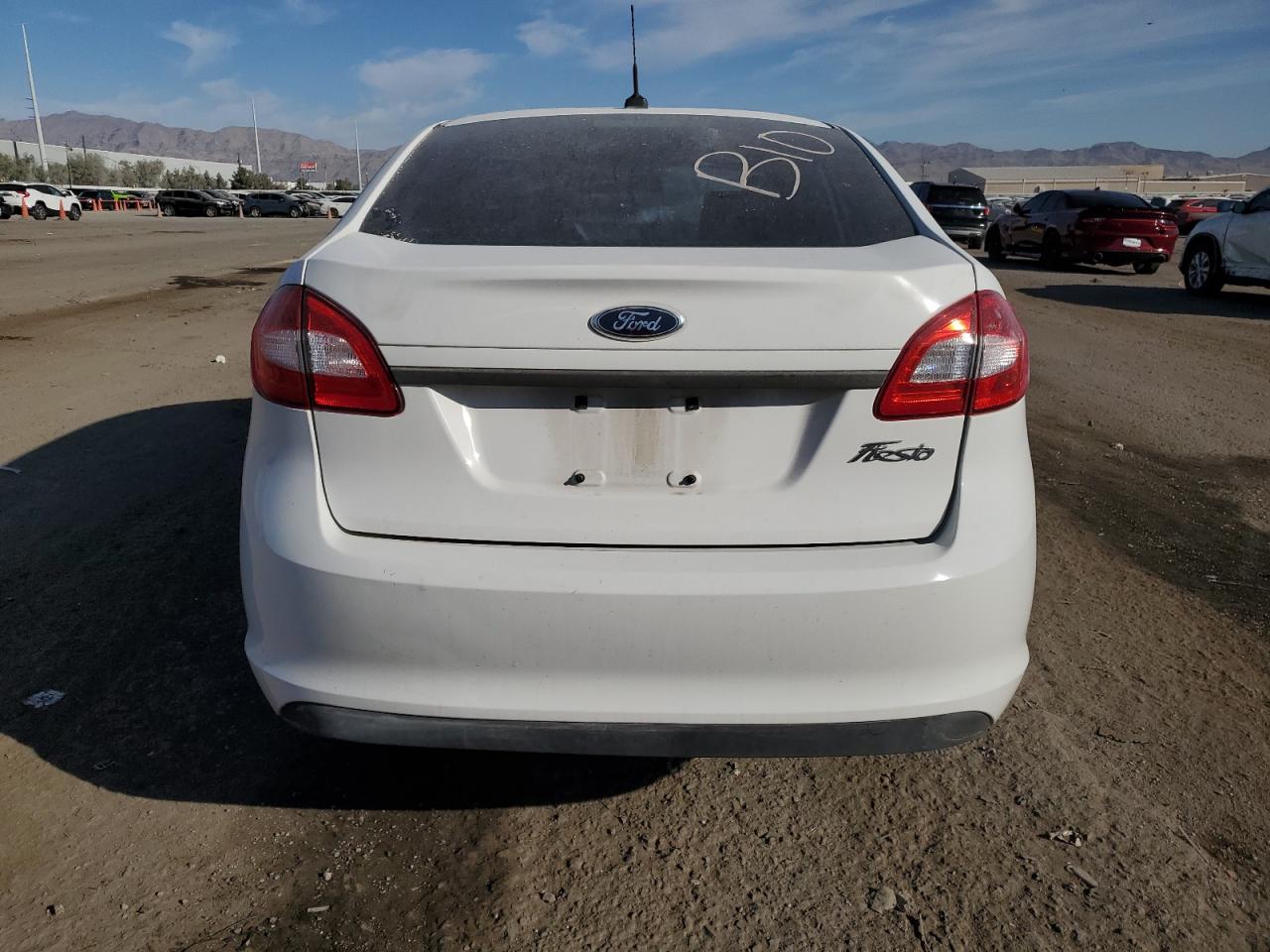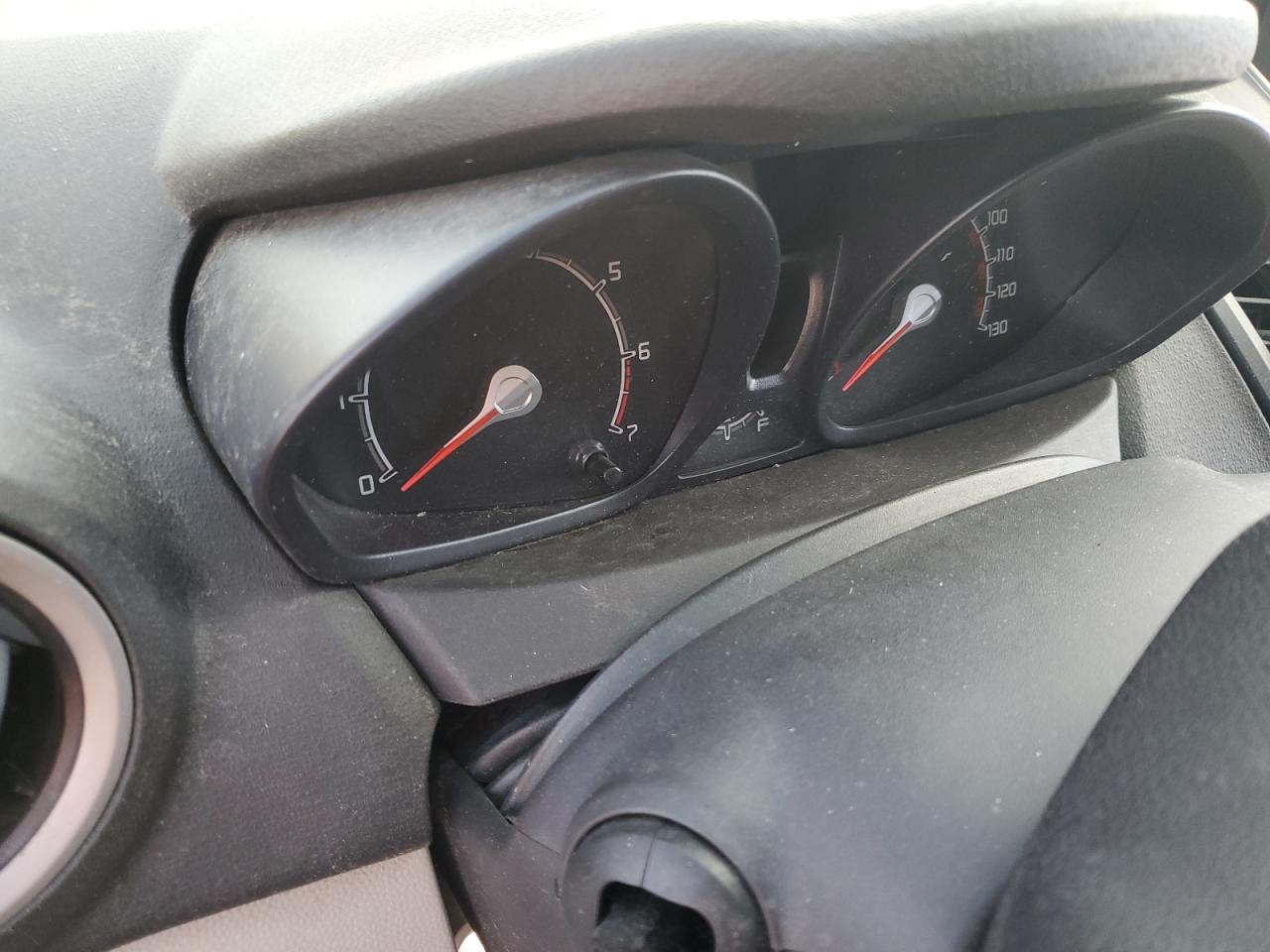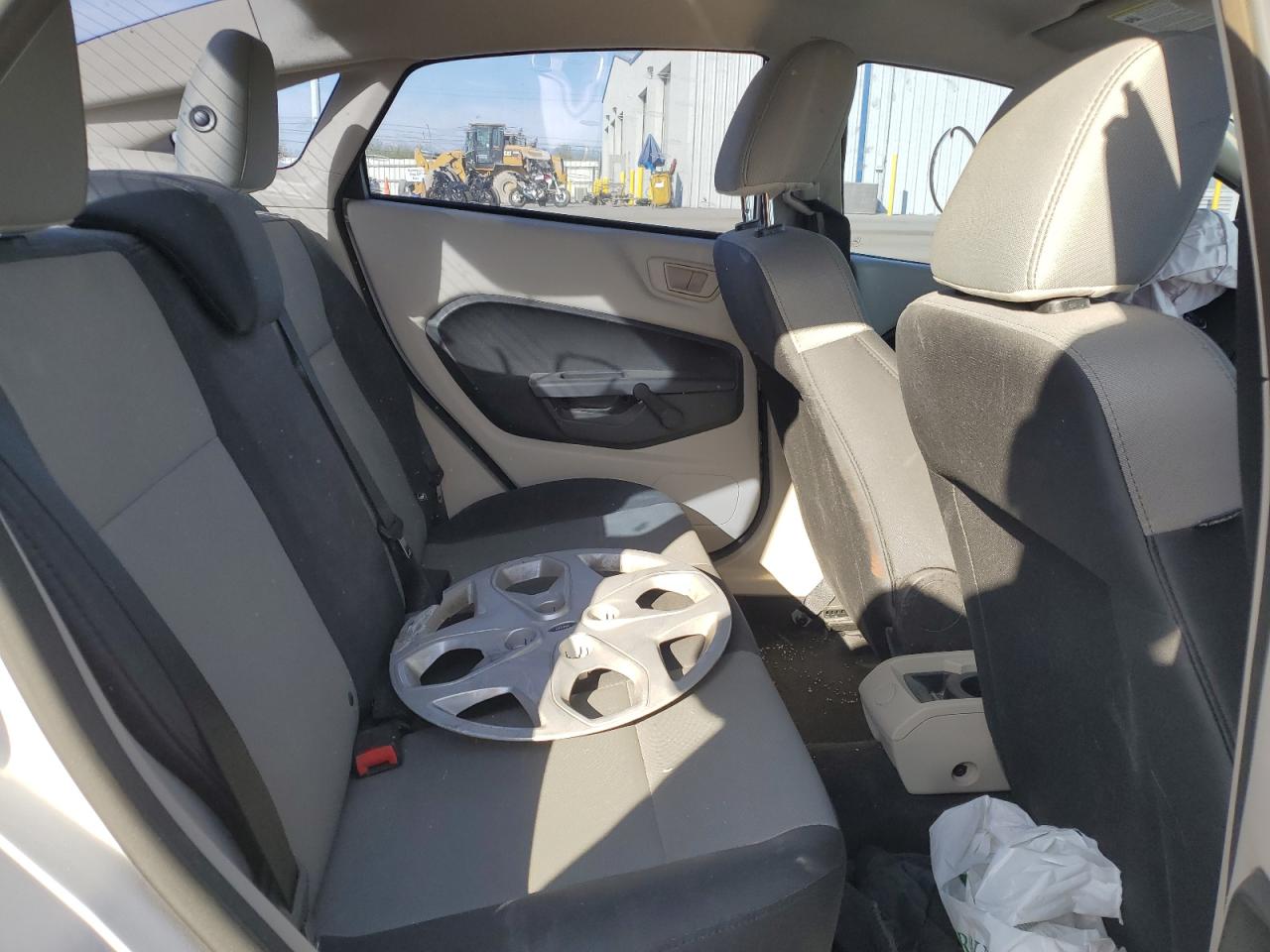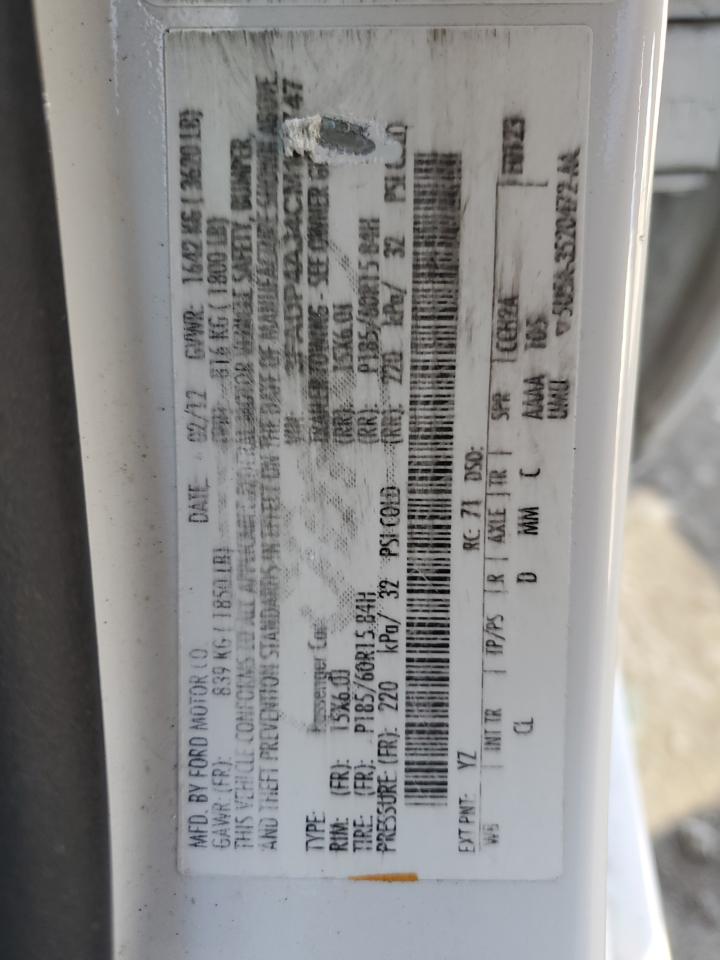Ford Fiesta (1 649)
2015 Ford Fiesta Se
2019 Ford Fiesta Se
2015 Ford Fiesta Titanium
2019 Ford Fiesta Se
2017 Ford Fiesta Se
2011 Ford Fiesta
2019 Ford Fiesta Se
2013 Ford Fiesta S
2011 Ford Fiesta Se
2013 Ford Fiesta Se
2017 Ford Fiesta St
2012 Ford Fiesta Se
2012 Ford Fiesta Se
2014 Ford Fiesta St
2014 Ford Fiesta Titanium
2018 Ford Fiesta Se
2012 Ford Fiesta S
The Ford Fiesta is one of the most iconic and popular compact cars in the world. First introduced in 1976, this car has become a symbol of reliability, efficiency and affordability. The Fiesta has gone through several generations, each bringing new technology, design and improvements to suit the spirit of the times and market demands. In this article, we will take a detailed look at the history of the Ford Fiesta model, its modifications, available colors, years of production, and also analyze the number of cars sold, identifying the most successful and problematic versions.
The history of the Ford Fiesta model begins in the mid-70s, when Ford decided to create a compact and economical car for the European market. The first Fiesta was introduced in 1976 and quickly gained popularity due to its agility and fuel efficiency. Over the following decades, Fiesta has constantly evolved, offering ever more advanced technology and increased comfort for drivers and passengers.
Modifications of the Ford Fiesta are varied and numerous. The car was offered in various body styles, ranging from three-door and five-door hatchbacks to sedans and station wagons. Each generation included many versions with different engines, from small economical engines to sporty and powerful units such as the Fiesta ST. Over the years, the Fiesta has received numerous updates to reflect changes in the automotive industry and consumer preferences.
The color palette of the Ford Fiesta is also impressive in its diversity. Since its debut, the car has been offered in a variety of colors, from classic black and white to bright and unusual shades such as "Hot Magenta" and "Lime Squeeze". The choice of colors reflected not only technical progress, but also fashion trends in automotive design, which allowed Fiesta to remain relevant and attractive to different generations of car owners.
The years of production and sales of the Ford Fiesta demonstrate the model’s steady success in the global market. From its debut in 1976 to today, the Fiesta has sold millions of units worldwide. Some generations and modifications were in particularly high demand, making the Fiesta one of the bestsellers in its segment. However, like any model, the Fiesta had its ups and downs, including less successful versions that proved less popular or had quality and reliability issues.
In this article, we will take a detailed look at the key stages of the development of the Ford Fiesta, analyze the most successful and problematic modifications, and also trace how the popularity of the model has changed over the years. This information will help you understand why the Ford Fiesta continues to be one of the most beloved compact car models around the world.
History of the Ford Fiesta: The evolution of a legendary car
The Ford Fiesta, one of Ford's most recognizable and popular vehicles, first appeared on the market in 1976. Since then, the model has undergone many changes and updates, reflecting the evolution of automotive technology and changing consumer tastes. For more than four decades, Fiesta has maintained its reputation as a reliable and economical car, winning the hearts of millions of drivers around the world.
Each generation of Ford Fiesta has brought something new, be it improved fuel economy, advanced safety technology or updated design. The model range expanded to offer a variety of body styles, engines and trim levels, making the Fiesta attractive to a wide range of buyers.
Modifications and updates
The history of Ford Fiesta modifications includes seven generations, each of which contributed to the success of the model:
- First generation (1976-1983): Compact and economical car, which became popular due to its affordability and reliability.
- Second generation (1983-1989): Improved aerodynamics and updated interior.
- Third generation (1989-1997): Introduction of new technologies such as anti-lock braking system (ABS).
- Fourth generation (1995-2002): New design and improved safety performance.
- Fifth generation (2002-2008): More engine choices and improved fuel economy.
- Sixth generation (2008-2019): Introduction of modern multimedia systems and increased comfort levels.
- Seventh generation (2017-2023): Modern technologies such as driver assistance systems and improved performance.
Color range and popularity
The Ford Fiesta was offered in a wide range of colours, from classic black and white to vibrant hues such as red and blue. Popular colors varied depending on the time and consumer preferences, but always remained attractive and modern.
Sales and success
Over the years, the Ford Fiesta has sold more than 18 million units worldwide. The model had its greatest success in Europe, where it repeatedly became one of the sales leaders in its segment. The Fiesta has won numerous awards for its design, efficiency and innovation.
Problematic aspects
Despite its success, the Ford Fiesta was not without problems. Some generations have faced issues such as body corrosion, transmission and electrical problems. However, most of these problems were resolved in subsequent models, which helped maintain customer confidence.
The evolution of the Ford Fiesta shows how the constant pursuit of excellence and adaptation to changing market conditions can turn a car into a true legend.
Modifications of Ford Fiesta: Variety and technical features
Modifications of the Ford Fiesta include both basic models intended for everyday use and sportier versions aimed at lovers of dynamic driving. Regardless of the version chosen, each modification of the Fiesta demonstrates the high build quality and reliability that makes this car so popular among various categories of drivers.
Main modifications of Ford Fiesta:
- Fiesta Classic is the basic model, equipped with all the necessary functions for comfortable and safe movement. Suitable for everyday use and family trips.
- Fiesta ST is a sports version, featuring a powerful engine and improved suspension. It is designed for fans of active driving and dynamic driving.
- Fiesta Titanium is a premium version that includes richer equipment, improved interior materials and additional comfort options.
- Fiesta EcoBoost is a model with an economical EcoBoost engine that combines high performance and low fuel consumption.
Technical features of various modifications:
- Engines : The Fiesta offers a range of engines, from the economical 1.0-litre to the powerful 1.6-litre turbocharged units.
- Transmission : Depending on the modification, both manual and automatic transmissions are available, which allows you to choose the best option for different driving styles.
- Suspension : Sport versions such as the Fiesta ST feature upgraded suspension for better handling and road holding.
- Equipment : More expensive modifications include modern security systems, multimedia systems and improved interior trim materials.
Thanks to such a variety of modifications, every buyer can choose exactly the version of Ford Fiesta that best meets his requirements and expectations.
Ford Fiesta color options: Popular and rare colors
Ford Fiesta, produced since 1976, has gained popularity not only due to its technical characteristics, but also to its wide selection of colors. Vehicle colors play an important role in attracting buyers, and Ford has paid special attention to this aspect, offering both classic and unique shades.
Over the decades, the Fiesta has been offered in a variety of colors to reflect fashion trends and customer preferences across different eras. In each generation of the Ford Fiesta, you could find both traditional and experimental color schemes that helped the car stand out on the roads.
Popular Ford Fiesta colors
- Frozen White is one of the most popular and versatile colours, highlighting the elegance and purity of the car's lines.
- Race Red is a bright red color that symbolizes sportiness and dynamism, often chosen by young and active drivers.
- Magnetic is a deep grey metallic that gives the car a stylish and modern look.
- Moondust Silver is a classic silver color that emphasizes the technology and sophistication of the model.
Rare and exclusive colors
- Hot Mustard is a bright mustard color that is quite rare and attracts attention with its unusualness.
- Blue Wave is a rich blue color that was available in limited editions and is sought after by collectors.
- Outrageous Green is an extravagant green shade that makes the car stand out among the crowd and emphasizes the individuality of the owner.
- Candy Blue is a spectacular color with a slight pearlescent sheen that emphasizes the dynamism and freshness of the model.
The variety of color options for the Ford Fiesta has allowed this model to remain relevant and in demand for many years. Each new shade added uniqueness to the car and attracted the attention of new buyers, contributing to the success of the model on the world market.
Years of production and sales statistics: Successes and problematic models
Over the years, the Ford Fiesta has demonstrated varying levels of market success, facing both triumphs and challenges. In this section, we will look at the main stages of release and sales statistics of the model, highlighting the most successful and problematic versions.
Release milestones
- 1976-1983: First generation. Successful launch of a model with an economical engine.
- 1983-1989: Second generation. Increased engine size and power.
- 1989-1995: Third generation. Introduction of innovative technologies.
- 1995-2002: Fourth generation. Improved safety and comfort.
- 2002-2008: Fifth generation. Transition to more economical and environmentally friendly engines.
- 2008-2017: Sixth generation. Expansion of the line and significant update of the design.
- 2017-present: Seventh generation. Modern technologies and high level of comfort.
Sales statistics
YearNumber of cars sold (millions)Notes
1980 | 1.5 | Popularity among young people
1990 | 2.0 | Successful second generation
2000 | 2.2 | Modernization and new technologies
2010 | 2.8 | Significant model update
2020 | 2.5 | High competition in the market
1980 | 1.5 | Popularity among young people
1990 | 2.0 | Successful second generation
2000 | 2.2 | Modernization and new technologies
2010 | 2.8 | Significant model update
2020 | 2.5 | High competition in the market
Successes and problematic models
- Successes: The second, third and sixth generations stand out as the most successful. These versions combined advanced technology, efficiency and attractive design, which contributed to strong sales.
- Problem models: The fourth generation had problems with build quality and reliability, which led to decreased sales in some regions. Also, the seventh generation faced high competition and some technical problems, which affected sales.








